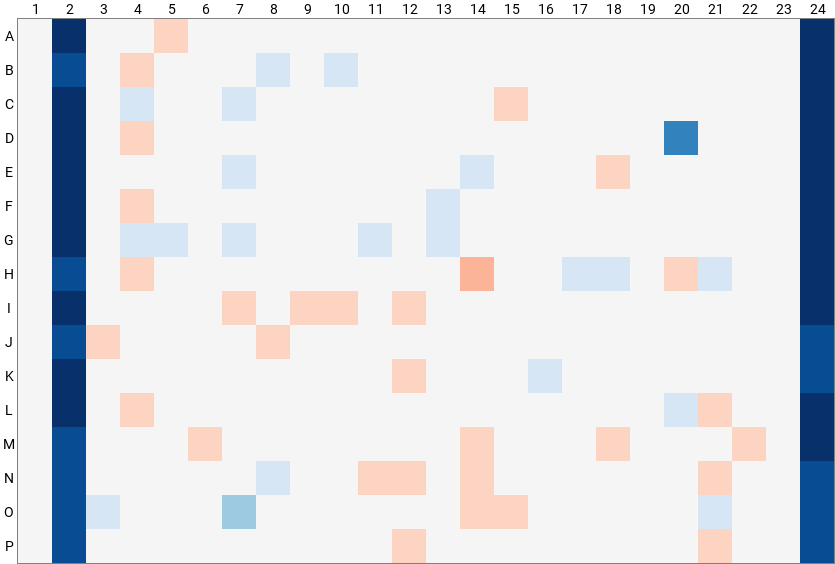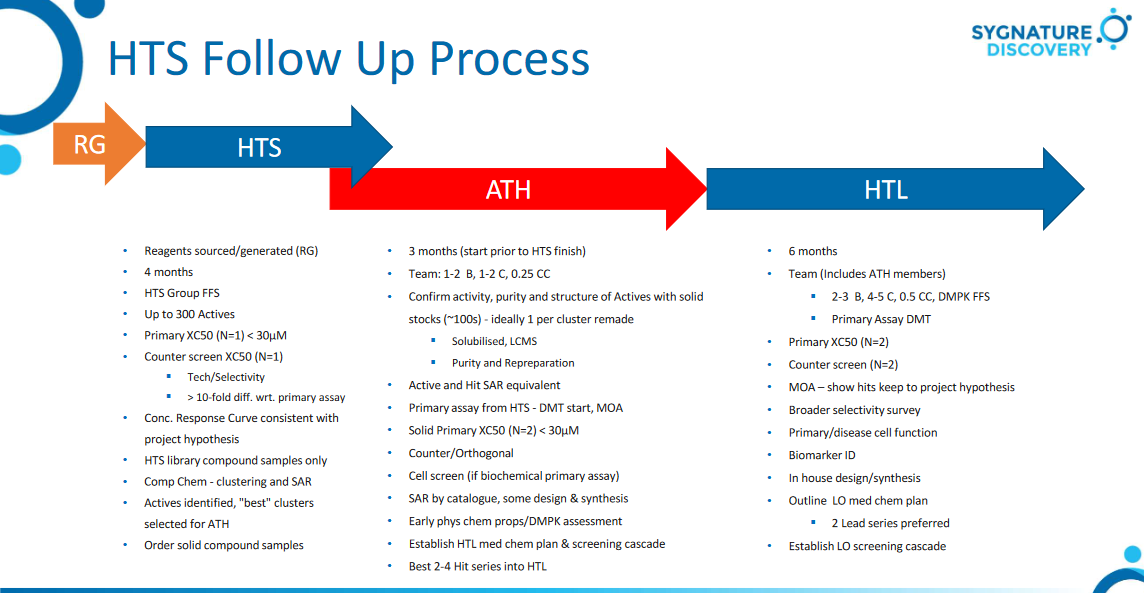Your hits just got real: The value of active-to-hit
In any drug discovery project, even the slightest misstep can waste significant budget and time. But with effective hit evaluation, you can avoid being led down the garden path…
You’ve come such a long way already.
You’ve identified your target and validated it, getting past a first hurdle that can cause so many drugs to later fail in the clinic.
You’ve conducted high-throughput screening (HTS) to test a plethora of compounds that could form the chemical starting points for a potential drug.
And now, you’ve got some promising results.
These promising results – ‘actives’, or molecules that modulate your target – might just be exactly what you’ve been putting so much effort into finding.
Their IC50 values confirm they’re potent enough to progress. So far, so good.
But wait. Have you really got a hit on your hands?

It’s time to find out
The next stage in your project would be hit-to-lead.
Because this process involves so many scientists, the levels of investment required will increase significantly.
The last thing you want is to rush ahead to this point and then find out it was all for naught – especially if you have shareholders or external investors to think about.
Unfortunately, false positives do happen during HTS, even with the best assays. Some of those so-called active compounds may in fact interfere with assay end point detection rather than the enzyme target, for example.
By weeding out these artefactual hits early on, you’ll give yourself far more confidence to move on to the next stage of your drug discovery journey – or at the very least allow yourself to cut your losses and go back to the drawing board before your project’s costs mount up dramatically.
From a personal perspective, you may also save plenty of embarrassment; no-one wants to end up red faced after falsely identifying a supposed hit and telling the world.
Building solid foundations
So how can you best evaluate your actives, validate the true hits from your screening and land on a lead to take forward?
Obviously, it takes experienced scientific input from experts who have the subjective knowhow required to not only spot all your hits, but to decide where the priorities lie.
But what can make a big difference is ensuring that input comes from a wide range of scientific disciplines, as an integrated approach that fosters collaboration often leads to greater knowledge sharing and better data interpretation.
At Sygnature Discovery, we can conduct your screening for you with our high-quality, structurally diverse compound library and leading HTS group.
Our in-house team of multidisciplinary specialists gives us the power to sift through the resulting data to make sure your programme is based on target-driven biology.
A tailored post-HTS assay cascade or active-to hit (ATH) phase from Sygnature Discovery will be critical to triaging your potential active compounds effectively.

As well as on target assay assessments, we can also offer target selectivity assays to check for selectivity against any undesirable targets, plus provide a medicinal chemistry assessment and ensure chemical diversity.
Our integrated approach to drug discovery, with experts in various fields working together under one roof, applies the most comprehensive collaborative experience possible to your project to give it a the best chance of success.
With ATH evaluation from Sygnature Discovery, you’ll be better able to ensure a smooth transition to the next stage based on real data that’s been thoroughly validated.
Integrated, multidisciplinary input from our large team of experts will add tremendous value to your project.
And ultimately, reducing the risk of red herrings as much as possible will make for far better odds for your hit-to-lead phase – and your project overall.
Interested in ATH evaluation? Get in touch with us to discuss your project or download our eBook on integrated drug discovery for more on the role it can play.
